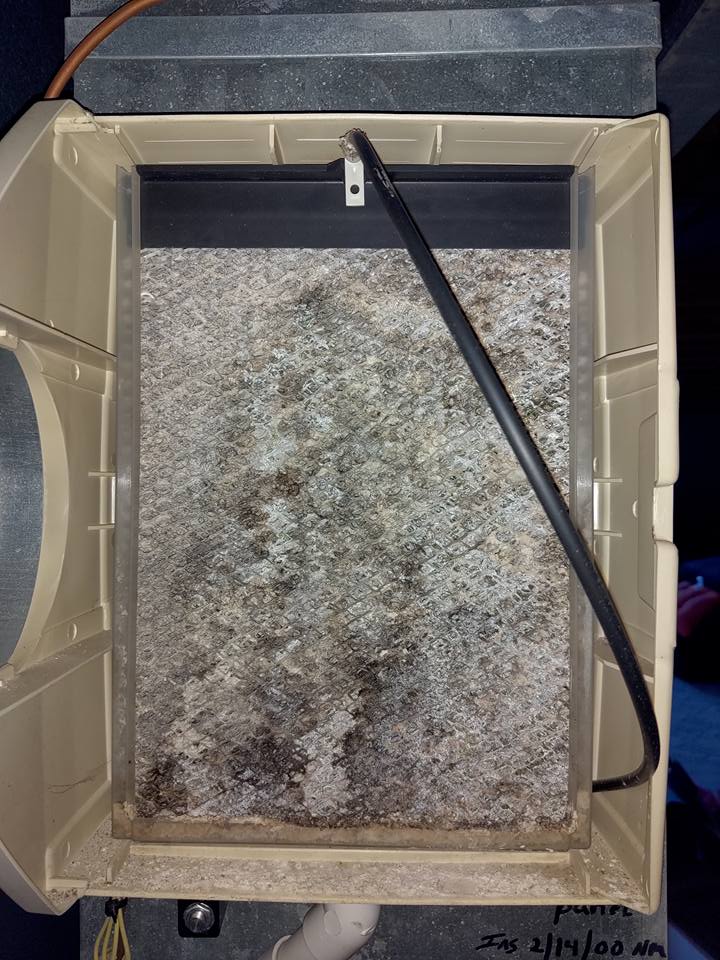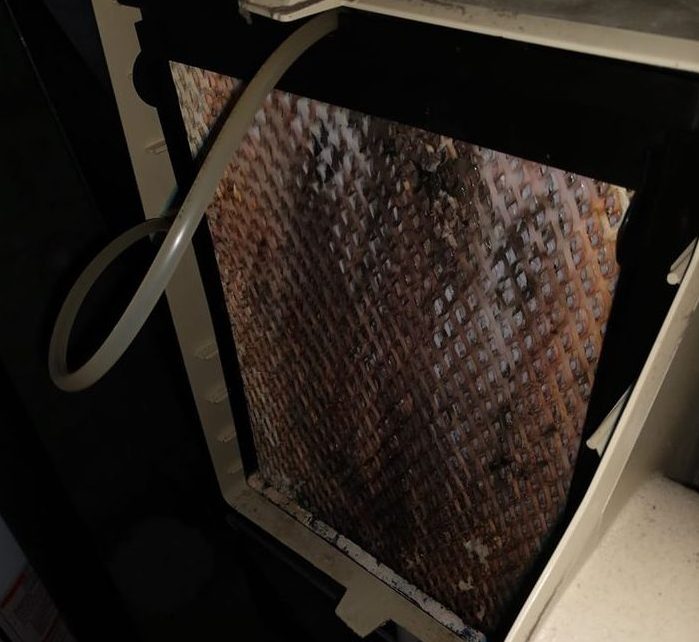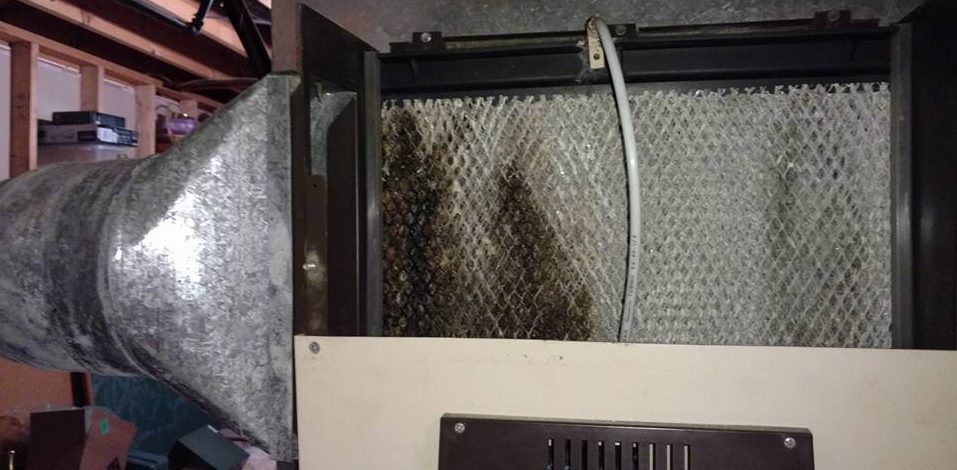As the winter months’ pass, many people turn to a portable humidifier to combat seasonal household dryness and to increase the overall humidity level inside of their home. What many people do not know is that when it comes to indoor air quality, humidifiers can make you and your family sick by introducing harmful viruses, bacteria, and toxic molds into your home air. Both the federal Consumer Product Safety Commission and the Environmental Protection Agency warn that emissions from dirty humidifiers can cause health problems, especially for people who suffer from asthma or allergies. Your humidifier might look normal to the naked eye, but if you could see inside of the machine you may be surprised by how much mold and yeast have accumulated. Accumulation often occurs on the vent, fan blades, or inside of the water tank. While you may not be able to see harmful mold spores on the surfaces inside of your humidifier, they can still contaminate your home air.
Indoor Air Quality:Humidity & Mold Inside Your Home
Another danger of using a humidifier inside of your home is a direct result of the increase of moisture you are introducing to your home air, and what it's doing to your indoor air quality. Excessive wetness or humidity can cause mold to start growing on porous surfaces such as windowsills and walls. Moisture will accumulate on numerous surfaces inside of your home and can cause mold to grow quickly if there is an excess humidity level in your home. Household humidifiers connected to a HVAC system also require proper maintenance and monitoring. Only use a portable humidifier if a physician recommends one to provide you with symptomatic relief. If you must use a portable humidifier inside of your home, it is important to take some precautions. Use a digital hygrometer to monitor the humidity level inside of your home. According to the Mayo Clinic, the recommended average relative humidity level for a home is between 30% and 50%.
Indoor Air Quality: Mold Removal & Humidifier Maintenance
When using a humidifier, to ensure the highest in indoor air quality, clean your unit on a daily basis and only use distilled or demineralized water. Tap water contains minerals that can create deposits inside your humidifier that promote bacterial growth and can lead to mold. Change filters regularly. Some newer models of humidifiers do not contain a disposable filter. If your humidifier uses a filter, make sure you change it regularly. If possible, discontinue humidifier use when your symptoms go away. Finally, avoid setting up your humidifier against a wall, close to windowsills, or adjacent to any porous objects prone to mold.
If you feel that your humidifier has already introduced mold to your home, contact Dutch's Mold Inspection & Remediation for an indoor air quality (IAQ) inspection. We can test to see if your suspicions about your humidifier were right, sampling your house for signs of mold or bacteria. Alternatively, you can look at the common symptoms of mold exposure on our FAQ and see if they match up with any unfolding symptoms that may have shown up in recent time. If any signs of mold come up, we will provide a mold inspection and consultation. Contact us at 440-748-4660 or email us at [email protected] for mold removal in Cleveland Ohio.



